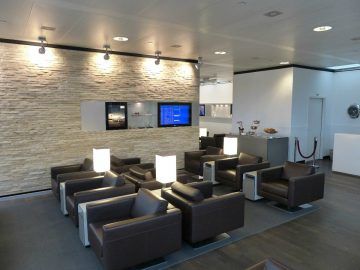Venturing into the creative industries often feels like wandering click through the next web site a vibrant art gallery, where each piece whispers a unique story. My personal journey began in a quaint little town, where I found that art was not only a means of self-expression but also a way to forge connections with others. However, as I delved deeper into design and writing, a remarkable transition caught my attention—the infusion of technology, particularly artificial intelligence, into the creative process. It was more than a new trend; it redesigned my perception of creativity itself. Expand your understanding of the subject by visiting this external website we’ve handpicked for you. face editor, get a more complete picture of the topic discussed.
At first, like many others, I regarded AI as a potential detractor from the essence of art. But as I investigated further, I uncovered its remarkable ability to enhance, rather than erase, creativity. I soon realized that AI could serve as a collaborative partner, offering suggestions and insights that I might not have otherwise considered. It felt akin to having a brainstorming buddy equipped with an endless reservoir of knowledge, capable of generating ideas that sparked inspiration around every corner.
Transformative Partnerships
A pivotal moment in my career occurred during a project where our team employed an AI-driven platform to craft marketing content for a local arts festival. Initially, the task seemed overwhelming—could a machine genuinely grasp the nuances of art and culture? However, the moment we allowed AI to analyze audience preferences and propose themes, a floodgate of creativity burst open. Suddenly, we were able to produce content that truly resonated with the spirit of our community.
This collaboration fundamentally altered my perspective. Rather than viewing AI as a competitor to human creativity, I began seeing it as a catalyst, enabling us to dive into more profound conceptual work. The synergy between human intuition and machine efficiency birthed creations we had never envisioned, resulting in engaging campaigns that not only celebrated local artists but also significantly increased festival attendance.
Economic Impact and Growth
The economic advantages of integrating AI into creative practices are significant. More and more businesses are coming to understand that investing in technology not only streamlines operations but also opens up exciting new revenue streams. For example, an AI tool can swiftly analyze market trends, giving creatives the agility to respond and stay ahead of the competition. This was vividly illustrated when a fellow designer recounted how utilizing AI-generated mockups cut their project turnaround time in half, allowing them to take on additional clients without sacrificing quality.
By embracing these AI tools, the creative industries are not only transforming productivity but also crafting a more sustainable growth model. These economic benefits ultimately fuel innovation, paving the way for the continuous exploration of ideas that keep the world of art lively and captivating.
Cultural Influence and Community Building
The role of AI in the creative sector transcends mere efficiency; it also plays a vital role in fostering community. During a digital storytelling workshop I led, we integrated AI to assist participants in shaping their narratives. Watching them adapt the technology highlighted a remarkable blend of diverse cultural backgrounds intertwining with modern techniques. They skillfully showcased their cultural stories through AI-generated visuals and narratives, nurturing a profound sense of belonging and collaboration.
This inclusive approach harnessed the power of technology while ensuring that cultural authenticity remained central. The workshop participants left not only armed with newfound skills but also with a sense of camaraderie, united by a shared journey into creativity within the digital age.
The Future is Collaborative
As I reflect on my experiences, one thing is clear: the future of creative industries hinges on collaboration. Embracing AI doesn’t mean sidelining the human touch; instead, it amplifies it. Creative professionals are increasingly carving out multifaceted roles for themselves, where they can lead, create, and innovate while allowing AI to assist with tasks it does best—like data analysis and task automation.
The transformative moments I have experienced reaffirm that the partnership between AI and creativity is only just beginning. Each step forward invites us to explore and creates environments where technology elevates the artist’s voice rather than stifles it. I eagerly anticipate how others will harness this dynamic synergy in their own creative journeys. Improve your educational journey by visiting this suggested external site. Inside, you’ll discover extra and engaging details on the topic discussed in the piece, ai face editor.




